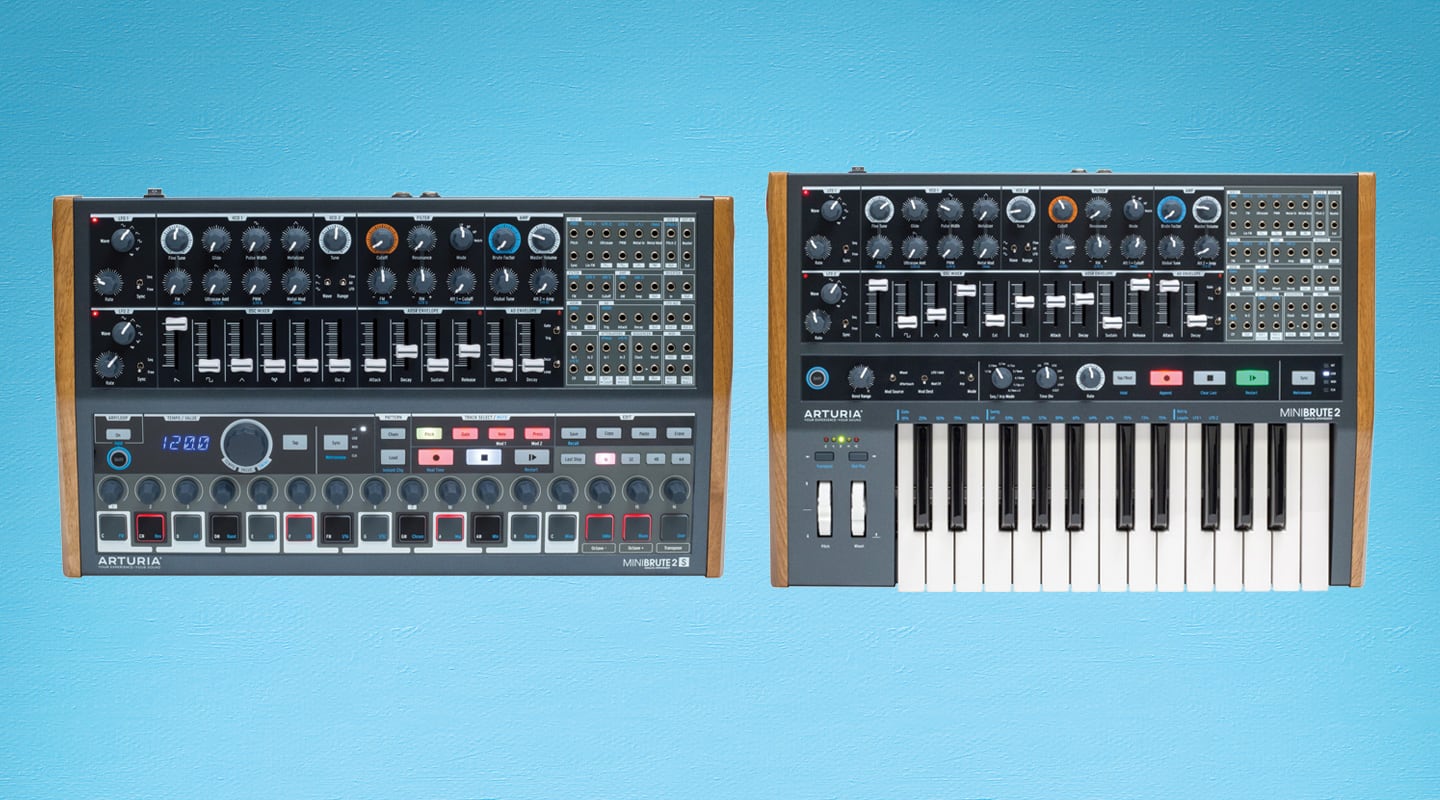
Review: Arturia Minibrute 2 & 2S
The battle for monophonic synth supremacy just got a whole lot more brutal.
Few things cause as big a stir in the AT office as unboxing a new analogue synth. The unveiling of Arturia’s MiniBrute 2 and 2S was no exception. We’ve come to expect big things from this forward-thinking French company’s small packages.
Needless to say the two synths were out of their boxes quickly. You instantly notice the larger size of the MiniBrute 2 thanks to the sprawling panel of knobs, faders and switches and luscious wooden endcheeks, which are basically a given on Arturia synths now. Both synths are solidly built with a metal chassis and rubberised knobs. The MiniBrute 2 has a nice keybed with a fast action while the 2S has a row of 16 backlit pads designed for a sequencer-based workflow. Both Brutes have a patch matrix in the top right corner and Arturia includes a helping of cute fabric-lined patch cables in the box.
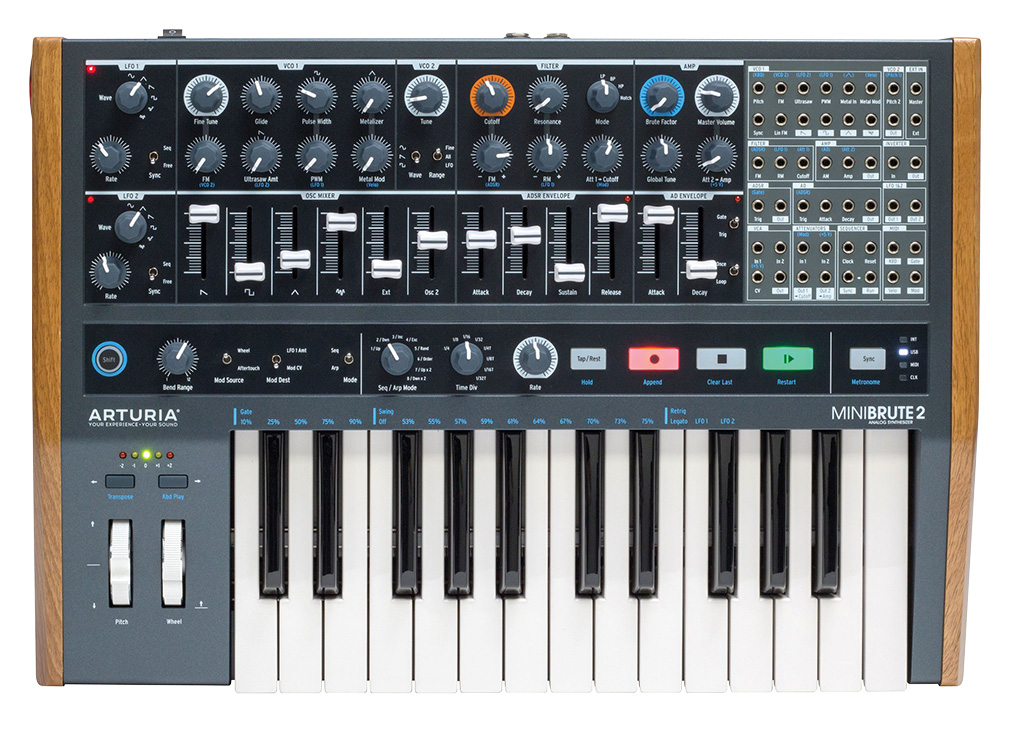
2 VS 2S
The top halves of both MiniBrute 2 and 2S are identical. Of the two oscillators, the first offers the most flexibility. A combination of sawtooth, square, and triangle waves are at your disposal, along with a noise generator. Mix in each to taste using the first four faders. Each wave has a degree of modulation, meaning you can get creative right from the outset. The Ultrasaw Amt knob thickens the sawtooth wave, Pulse Width and PWM knobs lets you modulate the square wave, and the Metalizer knob adds complex harmonics, specifically to the triangle wave.
The second oscillator is more basic; offering either a sine, sawtooth or square wave via a three-way switch. Alternatively, you can use it as an LFO by flicking down the switch to the right. Glissando time is set with the Glide knob. Both oscillators have their own tune knobs, or you can use the Global Tune knob in the Amp section to affect both at once.
MiniBrute 2 excels at bass tones that maintain their chunkiness right down to the lowest octave. Lead tones are equally punchy. In the best possible way, every knob — from Glide to PWM — has a somewhat unpredictable analogue character. The sound will get gnarly, break up, slide around, in ways digital emulations sometimes struggle to match.
There’s no shortage of modulation options. The Steiner-Parker filters are smooth and can be tied to an LFO easily. The Brute Factor knob goes from pleasing saturation to harmonic destruction. Both LFOs have five available waveforms and can run freely or be synced to the sequence tempo.
NEED TO KNOW
Arturia Minibrute 2 & 2S
Analogue Synthesizers
IN SEQUENCE
The ‘S’ in MiniBrute 2S is for the built-in sequencer section. Each of the 16 pads is partnered with an endless, detented encoder. Its function changes based on whether you press the Pitch, Gate, Velocity or Press button.
To create a sequence, first hold the Last Step button then select your desired sequence length with the buttons next to it — 16, 32, 48 or 64 steps — or any number in between by touching the pad you’d like as the last step. Make sure the Record button is lit, then, with Pitch selected, use the knobs to dial in a sequence while the note is displayed on the alarm clock-style LCD readout. Activated pads light up red.
Once a tune is taking shape, repeat the process with Gate and Velocity selected to enhance the sequence. Note that you can tie two adjacent notes together by turning the gate all the way to 100%. You can save a bucketload of sequences and seamlessly switch between them by pressing the Load button with a corresponding pad. While it’s all very absorbing, there’s no escaping the time you have to spend figuring out how to fly through the sequencing process. It’s smooth-sailing once you’ve internalised all the button combinations and navigation.
The little patch matrix and the included cables vastly expand MiniBrute 2’s creative possibilities. It’s laid out logically enough without stifling a healthy level of unexpectedness. Take an oscillator and use it to modulate a filter, or patch an LFO directly into an oscillator. Bring in an external synth, or sync the sequencer to an external clock. If you bought the key-less 2S, the patch matrix also means you can easily connect a controller to play in lines or access a greater note range than the single octave afforded by the 2S pads.

GIVE IT FRIENDS
There’s absolutely no doubt that knocking up sequences and twiddling knobs is incredibly fun on the MiniBrute 2S, but after you’ve created a monster line or two, you have to ask “What now?” Being analogue and monophonic, the MiniBrute doesn’t quite make it easy for artists to link sequences into songs on the fly.
In isolation, you’ll doubtless come to a point when you have a jam playing back on the MiniBrute 2 and begin looking for the next step. Like an introverted genius — MiniBrute needs friends to bring out its best. Teamed up with a drum machine like DrumBrute, or integrating it into your existing MIDI setup will make a killer combo on the live stage. Alternatively, grab Arturia’s new Rackbrute, load it with Eurorack modules, and after hooking up a few patch points you’ll have a serious modular synth in no time.
If you’re new to the world of analogue synthesis, MiniBrute 2 is a great first choice. The one-to-one nature of knob to parameter is a handy way of getting your head around synthesis. For the already initiated, the ability to mix together multiple oscillators makes MiniBrute 2 far more capable than most monophonic synths. If your collection is starting to grow, the work Arturia has done to integrate the MiniBrute 2 into the revitalised world of modular synthesis makes it a regret-free addition to your setup.











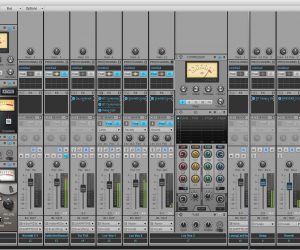
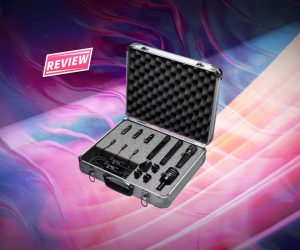
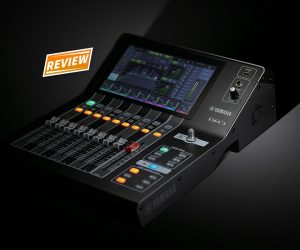






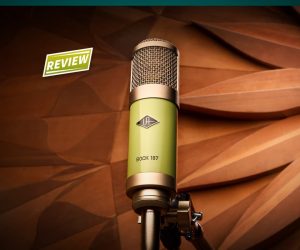

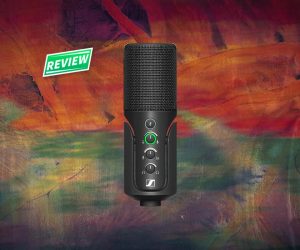


RESPONSES